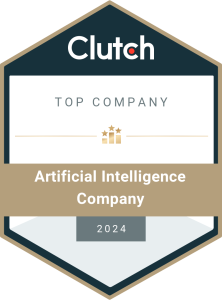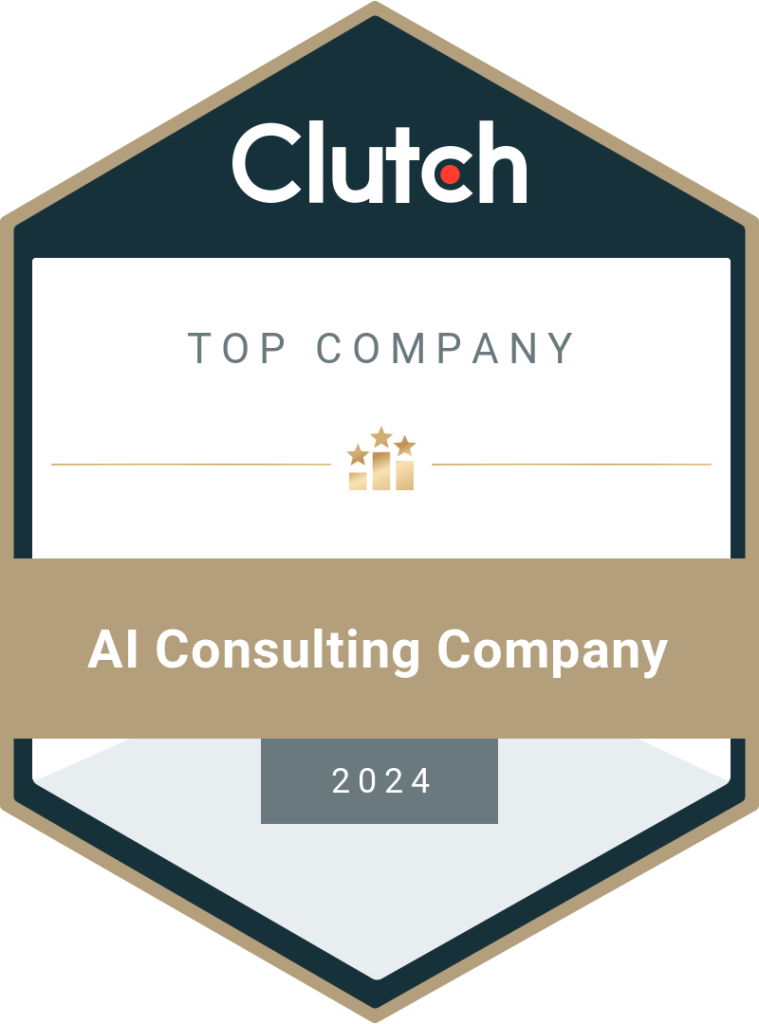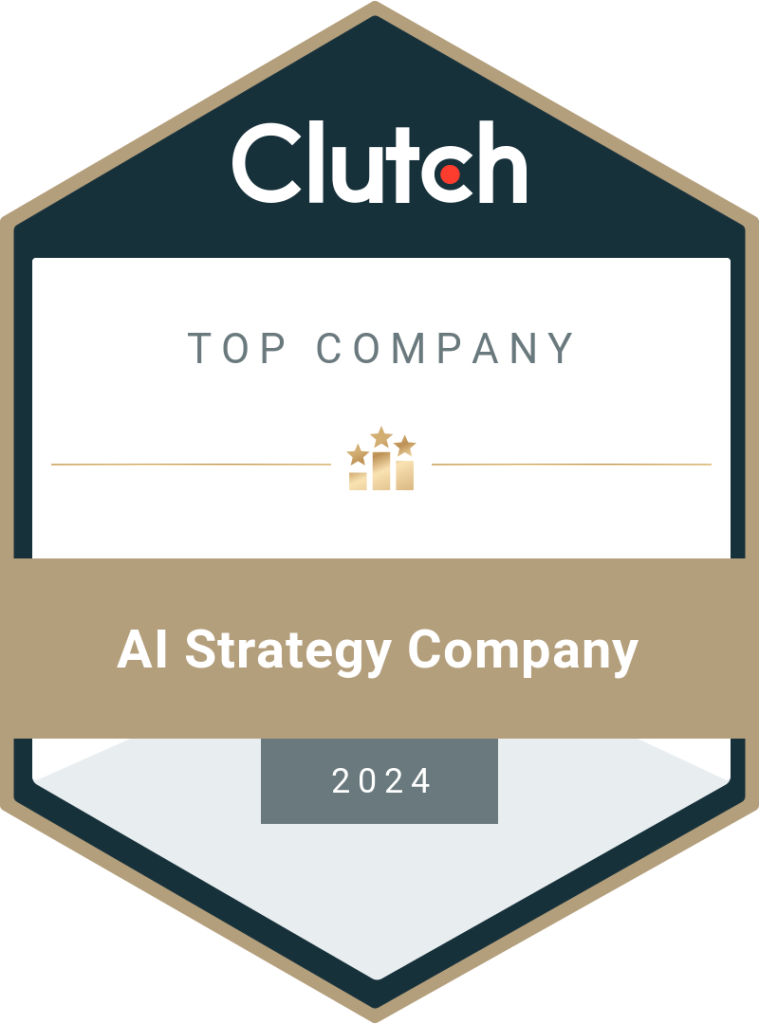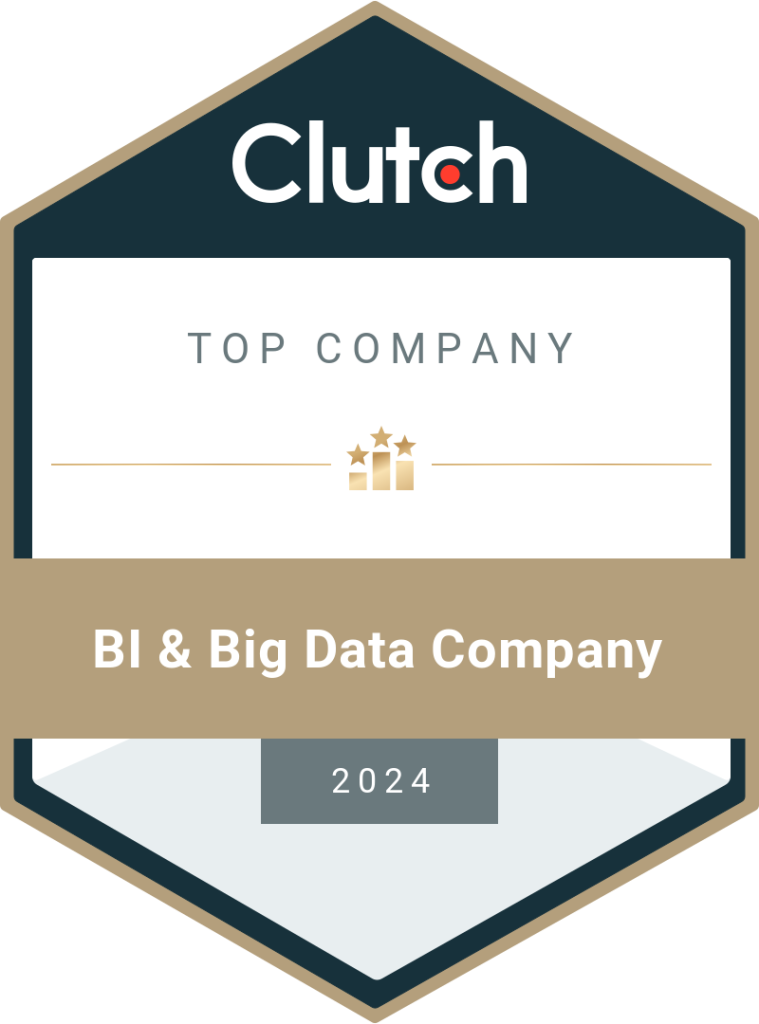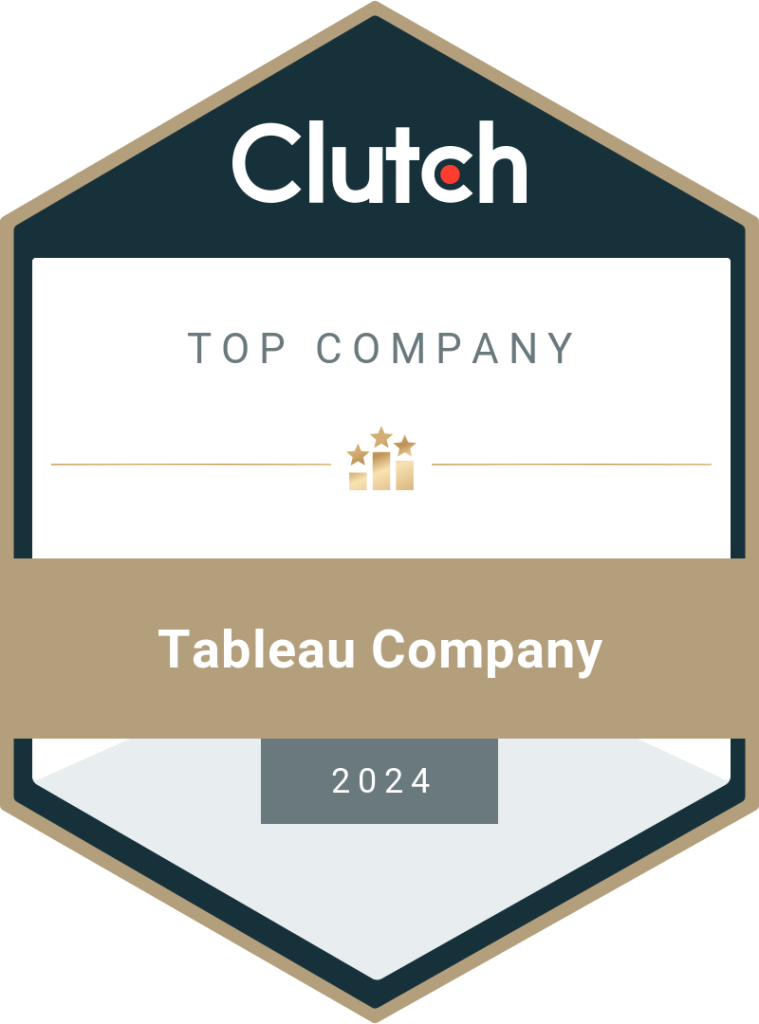How Can Big Data Help in Augmenting Cybersecurity?
With the ever-evolving cybercrimes, data handling, and security challenges, users must remain informed with ways to tackle them. The good news is that various enterprises are coming up with multiple solutions to combat the nuanced tools and mechanisms being used for data intrusions. The most prominent of them being Big Data Services. Big Data analytics in cybersecurity industry has various applications if enforced properly. If we’re to believe the reports, the incidents of data breaches continue to rise every single year which is why we must make cybersecurity an absolute priority. The world faces more than 10,000 malicious files and 100,000 malicious websites on a daily basis. Phishing attacks account for over 80% of the reported security incidents. Since the pandemic outbreak, remote workers have also been the target of alarming cyberattacks. Despite knowing about the risks related to cyberthreats, most of the companies were still not cautious and ended up being a victim to hackers and cybercriminals. What is Cybersecurity? Cybersecurity can basically be defined as a mechanism meant to protect your devices and the data contained in them. Its application also expands to networks and software. It’s not just a department that’s responsible for protecting your data, rather every step you take towards creating a safer environment for your system contributes to an overall secure user experience. A cyber threat comprises any malicious attempt at unauthorized access to a network for stealing private data or making changes to it. Phishing attacks, ransomware, malware, MITM, SQL Injection, Emotet, etc are just a few types of cyber threats. Why is Cybersecurity Important? Due to various vulnerabilities in the system, a company may end up becoming a victim of a cyberattack. There have been multiple instances of really dangerous cyberattacks in the past, for e.g the SamSam ransomware attack that took place in Atlanta, the Stuxnet worm that attacked the nuclear facilities in Iran in 2010, and one of the most recent and global data theft account- Pegasus, the spyware. Overall cyberattacks cost the world economy more than $1 trillion according to McAfee- a leading cybersecurity firm. Apart from the financial point of view, there are many other benefits to cybersecurity like- managing and protecting big data thereby improving confidence in a company’s reputation and hence customer loyalty with a company. There are various global laws like HIPAA, GDPR, DCC, etc that are enforced globally to protect citizen data and to regulate security standards. Application of Cybersecurity Some steps that can be taken for securing your browser and system experience: Apart from these small steps, there are dedicated cybersecurity professionals and companies like Intruder, Cipher CIS, Symantec, Cisco, etc who are responsible for defending and even predicting data breaches on a much larger scale. Their services include vulnerability assessment, external network security audit, cloud security, network security, endpoint security, etc. There are a few added benefits to cybersecurity like productivity enhancement, gaining client confidence in terms of data security, and improved system performance. What is Big Data? Big Data comprises a huge amount of data, structured or semi-structured. Data is generated in a high volume, at a great velocity, and in a huge variety. Did you know that Social Media is the highest contributor towards the generation of data? Important tools like Apache Hadoop, HPCC, Statwing, Qubole, etc can be used to analyze and interpret a huge amount of data accurately and efficiently. The analysis and storage involve Artificial Intelligence and Machine learning as well. Big Data can in fact be converted into Actionable Intelligence to get an added advantage over one’s competitor. Data Analytics can also act as a catalyst to achieve an organization’s goals if applied properly. Big Data is creating a revolution due to its multifold usage throughout the world. The retail industry benefits from an accurate representation of customer behaviors and patterns thereby contributing towards achieving higher sales. And the healthcare industry benefits by harnessing data pertaining to past records and thereby providing more personalized medications and even developing more effective treatments. Cybersecurity companies have been applying big data technologies for cybersecurity in recent times and the results have been promising. Big Data’s role in mitigating cyber-threats Considering the rate of both data production and cyberattacks, it’s not surprising that Big Data seems like the perfect solution to fight and prevent cybercrimes. Cyber professionals can comb through the huge amount of data in a time-efficient manner and thus detect and resolve the issues, enabling them to even prevent and predict any future possibilities of data invasion and data theft. Big Data analytics insights are crucial for the detection and prevention of cyber threats like ransomware, malware, phishing attacks, etc. Using Big Data Analytics in cybersecurity comprises analytical tools, data management, and examination techniques that integrate data from various hosts, devices, and networks and then providing the information to sensors installed within, to detect and prevent any upcoming attacks. A Few Big Data Technologies for Cybersecurity Predictive Nature: Big Data analytics make use of past records, algorithms, and statistics to look out for certain patterns which might’ve caused an issue in the past. Thereby, predicting future attacks while also providing information about previous attacks that might have occurred in a system. Constant Monitoring: Data validates access to the systems while tracking logged-in activities thereby preventing a breach as well as managing passwords efficiently. Complete Automation: Professional Big Data analysts can actually automate the entire detection and prevention of threats process, saving time and human efforts. Actionable Intelligence-Driven Risk-Management: With constant monitoring and processing of datasets, a foundation for actionable intelligence is formed which further plays a crucial role in detecting and predicting any cyberthreats Now, Big Data may apply any past or current insights pertaining to cybersecurity, collected from various sources to solve any issue. It, therefore, becomes rather convenient for the analysts to address and resolve any threats really fast. Threat Forecast: With the help of AI algorithms, companies can even predict any upcoming threats based on past and present records and identification of any patterns after
Read More